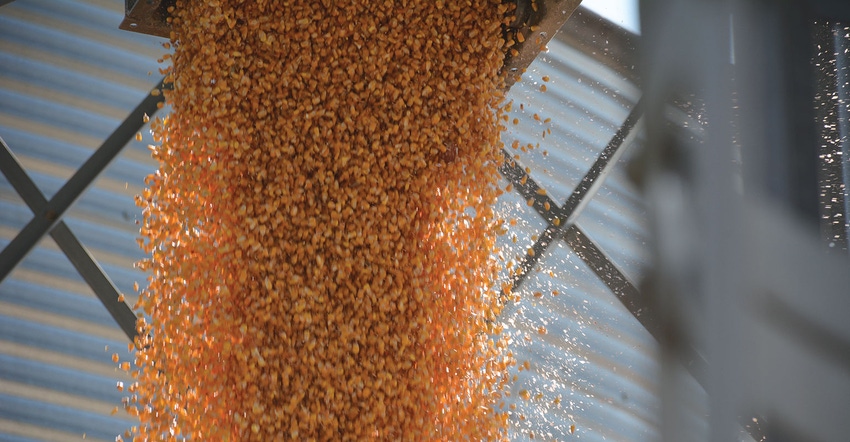
Angela McClure, corn and soybean specialist in the Department of Plant Sciences at the University of Tennessee, in late October said Tennessee is 99 percent complete with corn harvest.
“The dry weather in September hasn’t been the best for late-planted soybeans, but it has been a blessing for corn farmers needing to get their crops out of the field,” she said. “Early on, I was very impressed with our small plot and strip trial yields at different research centers and on-farm sites, which is a pretty good indicator of the yield potential out in the state.”
At least 85 percent of Tennessee corn acres are not irrigated, so a good dryland yield is important to farmers in the area.
“Based on what I am hearing, our dryland corn yields have been good to exceptional and most producers are very pleased. Ears pollinated well with deep kernels, and good test weights have helped. Also, southern rust was not a widespread issue for us,” McClure said.
Because of weather issues, mainly wet conditions in the spring and some flooding in the western part of the state, some fields destined for corn went to soybeans.
“Once planted, we were fortunate to get enough water without the extremes in rain amounts that some states like Arkansas got,” she said. “Winter and early spring 2019 were relatively wet but also warmer compared to previous years.
“We got some early corn in and missed enough rain for producers to plant a good number of acres in mid- to late April, which isn’t too late for us. I think the main difference this year was the warmer soil temperatures that really helped maintain our stands and get the crop off to a good start.”
Despite the high heat indexes during the summer, farmers were able to get breaks in the heat and some moderate weather in July.
“Most counties got timely, moderate rain in June when corn was pollinating and also in July to help with grain fill,” McClure said. “We just didn’t get the unrelenting heat and drought until September when most cornfields were maturing out. This season, our weather favored early crops like corn and our early planted soybeans.”
Arkansas harvest
Jason Kelley, wheat and feed grains Extension agronomist from the University of Arkansas System Division of Agriculture, said it has been a challenging year.
“The challenges started last fall. Typically for corn, we plant early since most producers like to get land prepared in the fall, so they can plant quickly in the spring. Last fall, because of the rain, there wasn’t much fieldwork done, so it felt like we were behind before we started the growing season,” he said.
Wet weather throughout March and April meant corn could not be planted timely.
“A lot of acres were replanted because of poor stands from too much rain,” Kelley said. “Some of our fields were planted much later than they typically would be. This year, we planted or replanted about a third of our crop after May 1. Typically, planting later than May 1 is when we start seeing yields decline. For corn, we don't want 100-degree temperatures which can be detrimental to yields.”
Fortunately, June and July brought relatively cool temperatures compared to years past.
“I think the expectation was we weren't going to have a good corn yield, based on where we started this spring, but I think most of us are pleasantly surprised the yields are as good as they are right now,” he said. “We're about 94 percent harvested, which is about where we would be on a five-year average scale. Even though we started off behind, September provided us with some excellent harvest weather and warm temperatures to help progress the crop.”
Average 175 bushels per acre
With 94 percent or more harvested, Arkansas’ yield report estimates a state average yield of 175 bushels per acre.
“175 is slightly less than our five-year average has been, which is usually 180 bushels per acre. Considering where we started, that is pretty good overall. Northeast Arkansas looks like where our best yields are coming from so far,” he said.
The state, as a whole, does not have a lot of non-irrigated corn; 90 to 95 percent of the state’s corn is irrigated, according to Kelley.
“With the ample rain in June and July, the non-irrigated or dryland fields did much better than in the past,” he said.
Since timely planting was the main challenge this year, the challenges for the rest of the season stemmed from late planting.
“Putting out herbicides and fertilizers at the right time was difficult,” Kelley said. “The timing of fertilizer, especially nitrogen, is critical. If we're a week or two late, sometimes that can impact the yield. We had some instances where it probably would have been better if nitrogen had been applied a little bit earlier.
“Overall, the later-planted corn got harvested quicker than producers originally thought it would because of a warm and dry September.”
About the Author(s)
You May Also Like




